Reality Trumps Digital Imagination
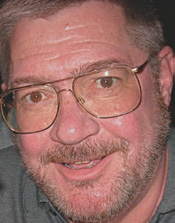
Jay Ankeney
The most remarkable hyperbole of post production I saw last year was an unexpected triumph on A&E Networks’ History channel, an eight-part series called “The Men Who Built America,” produced by Stephen David Entertainment. It’s an epic tale of the titanic American industrialists such as Carnegie, Rockefeller, Vanderbilt and Morgan—the men who “did build that!”
But nothing is sugarcoated. From the devastation of the Johnstown flood to Edison’s battles with Tesla, this is clearly a battle for power. As a result, more than 50 million viewers watched the series during its multiple cable repeats last fall, with 2.6 million tuning in to its first run alone. This is a 60-pecent increase over the History 4Q12 to date prime average and helped History become the number one nonfiction entertainment cable channel.
“Two years ago, we discussed a series on the Industrial Revolution with Stephen David Entertainment, but realized that topic could be deadly,” said Russell McCarroll, senior executive producer at History . “We wanted to emphasize the truth more than the legends, so we decided to focus on the personalities involved.”
THE TALENT
Despite a budget of less than $1 million per hour, the production value seen on the screen vividly recreates the 19th century, and a lot of that can be attributed to the magic that Tim W. Kelly, Stephen David’s director of post production, conjured up in the edit bay as lead editor and co-executive producer on the series.
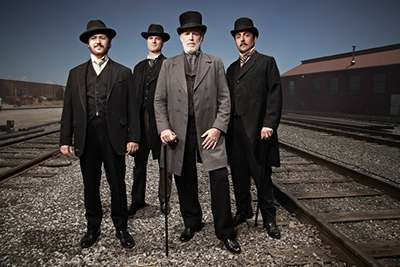
(L to R) Andrew Carnegie, John D. Rockefeller, Cornelius Vanderbuilt and J.P. Morgan, as portrayed in “The Men Who Built America.” “We had a lot of great editing talent on this project, like Jonathan Soule and Beatrice Sisul,” Kelly said. “Their contribution helped this series emphasize the dramatic aspect of a docu-drama presentation.”
Although most of the series was shot in Brooklyn, a significant part of the more than 1 terabyte of source material Kelly and his crew had to work with came from various stock libraries, massaged and enhanced by the visual effects wizards at Brainstorm Digital who are already famed for their Emmy- winning work on “Boardwalk Empire.”
“We were involved from day one,” said Glenn Allen, co-owner and special effects supervisor at Brainstorm Digital, “and used all of our tricks to give TMWBA a big-screen look, using a hefty mix of The Foundry’s Nuke compositing software and lots of matte paintings created in Adobe Photoshop.
For example, during the Homestead factory riots you see hundreds of workers manning the barricades. But we actually had only 40 actors tiled across the scene. Watch carefully for the man in the white shirt. He appears several times.”
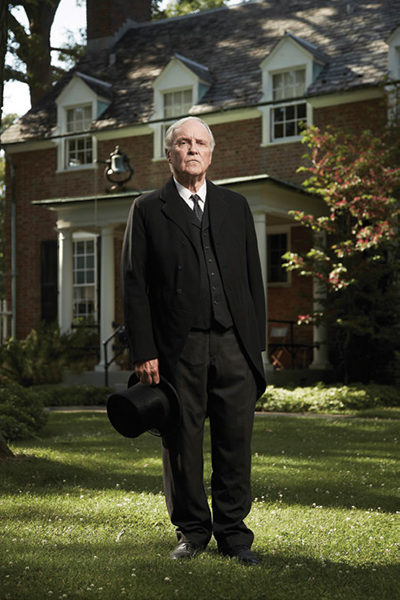
Rockefeller discovered a way to refine oil that set the worldwide standard. But perhaps the most spectacular special- effects scene depicted the great Johnstown flood of 1889. One of the industrial behemoths, Henry Clay Frick, a cohort of Carnegie, had ordered the carriage road cresting the earthen South Fork dam above the town to be widened. As a result, on May 31, the weakened structure unleashed 20 million tons of Lake Conemaugh water, killing 2,009 people in its path.
The visual impact of this monstrous torrent cascading down the valley is unexpected for a cable channel production.
“It’s all CG water, of course, created with Hollywood’s favorite water emulator, Next Limit Technology’s RealFlow,” Brainstorm’s Allen described. “Only the three men running off the top of the dam were shot with green screen. The town itself, by the way, was the famous Harpers Ferry, W.V., which we had to ‘de-modernize’ to fit the era.”
A lot of the power of “The Men Who Built America” was found during post. Kelly and his editing crew found ways to expand the script by Randy Counsman, David C. White, Keith Palmer and director Patrick Reams, by using the juxtaposition of images to reveal the inner musings of the characters.
HEARTLESS VULTURES
For example, at about 1:07 into the first episode that starts right after the Civil War, called “A New War Begins,” John D. Rockefeller is desperate to combat the hegemony of railroad transportation costs for his oil. Looking at the network of tubes and conduits in his refinery, an idea dawns: “If those pipes can transport oil over short distances,” he muses, “they could also be used over long distances…” and he adds coldly, “…to cut the railroads out of the oil business for good.”
It’s a phrase that typifies the whole series. The ultimate goal of these industrial barons is total domination. Victory at all costs.
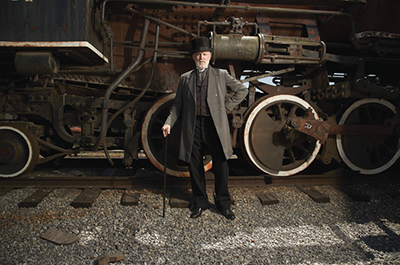
Vanderbilt was one of the first to see how railroads could change how goods are shipped, creating the model for our modern railroads. Copyright 2011 Photo by Zach Dilgard But “The Men Who Built America” does not depict all of them as heartless vultures. The script indicated a scene where Andrew Carnegie is riding in his carriage to the opening of his magnificent Carnegie Hall, but Kelly revealed the industrialist’s inner conflict by inserting flashbacks to the Johnstown tragedy.
Played over Carnegie’s face, we see the townspeople crushed by the wall of water while their buildings are swept away into history.
“It was written in the script that Carnegie was supposed to be conflicted,” Kelly recalled. “I know Rockefeller’s pipeline reverie was found in the edit bay. But the subliminal intercutting in this sequence came from a collaboration of everyone involved.”
There are other scenes that possess imagery that echo the monumentality of German Expressionism. After railroad magnate Thomas A. Scott’s empire is devastated by the financial panic of 1873, his former protégé, Carnegie, comes upon him sitting on a rail spur in front of two huge rusting steam engines facing each other on the siding behind him. Like Scylla confronting Charybdis, the looming iron hulks epitomize the frustration, loneliness and ultimate tragedy of the mindless pursuit of empire for its own sake.
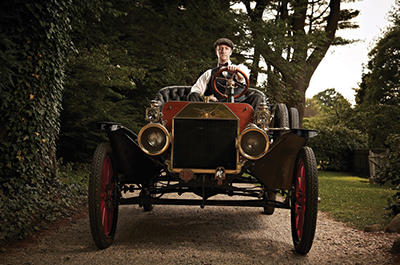
Ford made the car accessible to the masses. Copyright 2011 Photo by Zach Dilgard Surprisingly, Kelly tells us that this overwhelming image was shot in a real train yard in Strasburg, Pa. I thought it was the spawn of a CG artist. But in this case, reality trumped digital imagination to create an unforgettable icon of the series.
Although “The Men Who Built America” is destined to be repeated on H2 (the second History channel), it will also air in Europe this month. The episodes are available on Amazon, and the whole series will be released by Lionsgate on Blu-ray disc and DVD on Jan. 22. It’s well worth watching, especially if you seek a greater comprehension of the men who “did build that.”
Jay Ankeney is a freelance editor and post-production consultant based in Los Angeles. Write him atJayAnkeney@mac.com.
The professional video industry's #1 source for news, trends and product and tech information. Sign up below.
